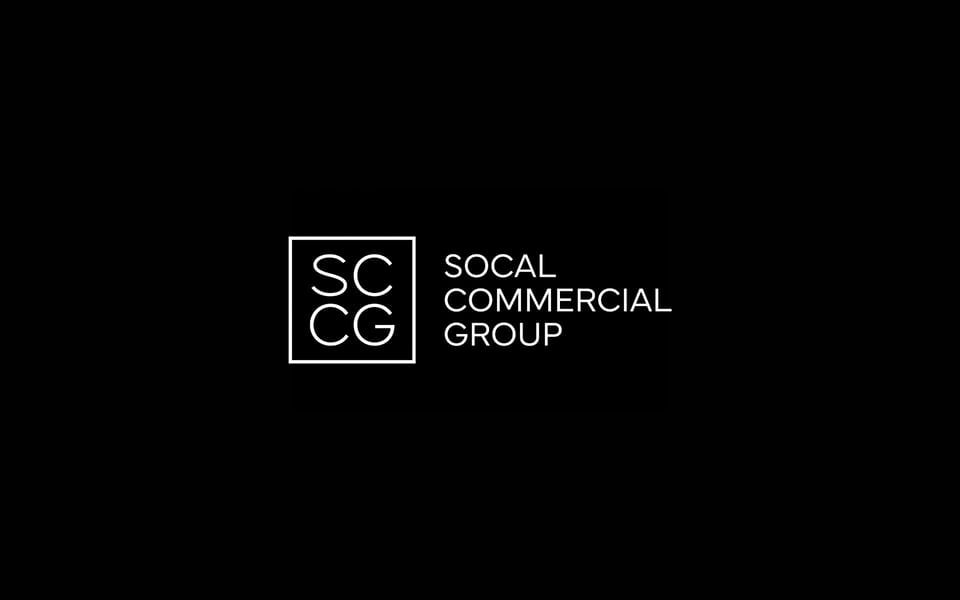Commercial real estate in Los Angeles presents a dynamic landscape, full of opportunities and competition. Whether you're investing in multifamily properties, retail storefronts, or industrial warehouses, tracking the right performance indicators is crucial. Metrics aren't just numbers on a page; they're the language of strategy, timing, and success.
For investors, especially in a high-stakes, ever-evolving real estate market like Los Angeles, staying ahead of the game means knowing which metrics truly matter. From cap rates to vacancy trends, the right data can be the difference between outperforming the market or playing catch-up.
Read on to dive into the five key metrics that every commercial real estate (CRE) investor should actively monitor when operating in the Los Angeles area.
1. Capitalization Rate (Cap Rate)
In Los Angeles, cap rates can vary significantly by submarket and asset class. As an investor, tracking cap rate trends across neighborhoods — and comparing them to historical norms — will help you carefully assess both risk and potential yield. Use this metric to compare properties, evaluate market conditions, and fine-tune your acquisition strategy.
2. Vacancy Rate
For example, office vacancies in Downtown L.A. have experienced upward pressure due to remote work trends. If you’re investing in office or retail assets, understanding submarket-specific vacancy trends will help you anticipate lease-up timelines and pricing leverage.
High vacancy rates might open the door to value-add opportunities, but they also introduce greater risk. On the other hand, extremely low vacancy rates can justify rent growth assumptions or future development. Always keep a pulse on this metric to inform both your underwriting and your long-term asset management plan.
3. Net Operating Income (NOI)
In Los Angeles, where both revenue and expense structures can vary dramatically, staying close to your property’s NOI is non-negotiable. Whether you're dealing with rising utility rates in multifamily units or fluctuating maintenance costs in retail spaces, monitoring your NOI allows you to pinpoint operational inefficiencies and optimize profitability.
NOI also plays a crucial role in determining property value. If market cap rates compress, even a modest increase in NOI can drive significant appreciation. Investors who focus on improving NOI — by increasing rents, reducing turnover, or managing expenses — often unlock greater long-term returns. For both stabilized and value-add deals, this metric should be a crucial part of your monthly and quarterly performance reviews.
4. Rent Growth Trends
Multifamily units in a particular neighborhood may command double-digit year-over-year rent increases, whereas older retail corridors may see flat or even declining rents. These nuances make it essential to break down rent data at a granular level, not just citywide. Rent trends can reveal where to deploy capital and how to forecast future income.
5. Absorption Rate
Tracking this metric over time gives you a sense of leasing velocity and pricing power. It’s also essential when evaluating new construction or repositioning strategies. If a submarket is experiencing consistently high absorption, you may find better success introducing a new product to that market. Conversely, a slowdown in absorption should prompt deeper due diligence before investing in development-heavy plays.
Combining Metrics for Smarter Strategy
Smart CRE investors in Los Angeles know that real estate isn't just a financial asset — it’s a living, evolving ecosystem. By continuously tracking the right combination of metrics, you can position yourself to make informed, confident decisions in any market cycle.
Invest With Insight, Not Instinct
Whether you're growing a portfolio or entering the Los Angeles market for the first time, commit to mastering these essential indicators. Your success won’t come from guessing — it will come from knowing. And in Los Angeles real estate, that knowledge is power.
Working With the Right Experts
No amount of data replaces the value of experience and intuition. A knowledgeable real estate professional can help you interpret these metrics and uncover insights that data alone may miss. So, lean on those who understand the numbers — and the nuances — to help you maximize performance and mitigate risk. If you’re seeking expert guidance as you explore your commercial real estate investment options in Los Angeles, look no further than SoCal Commercial Group.
Other Recommended Reads:





